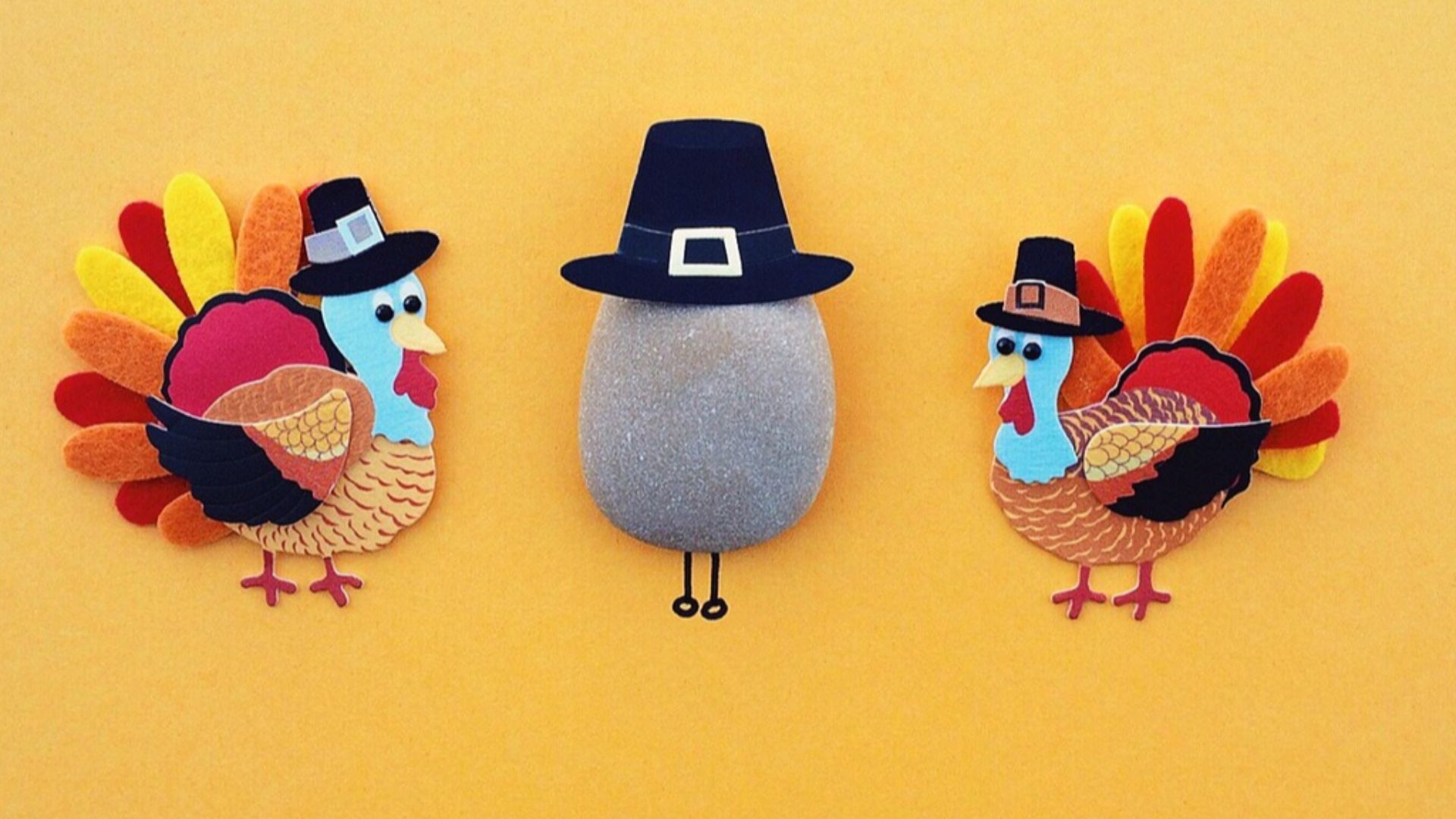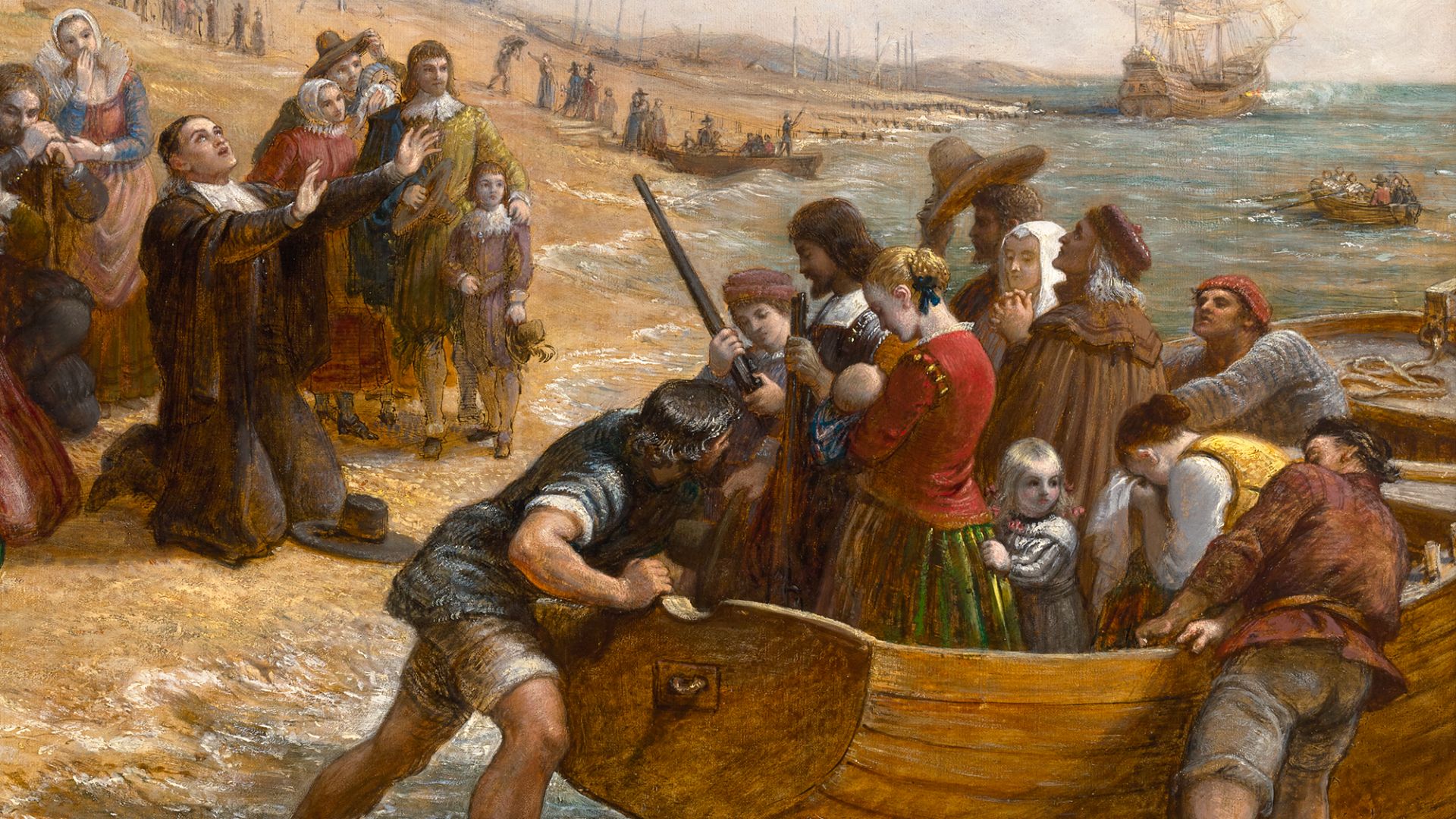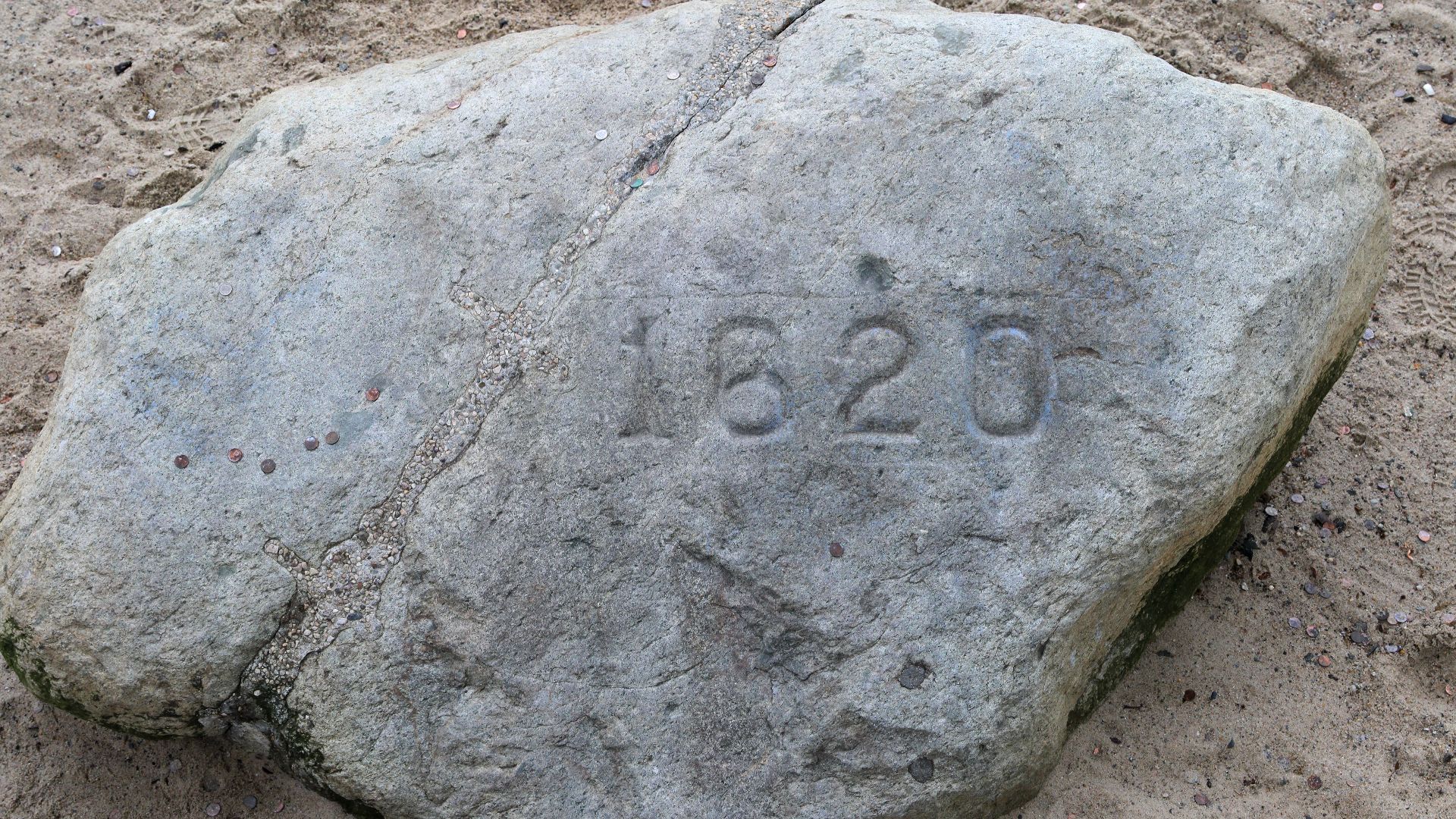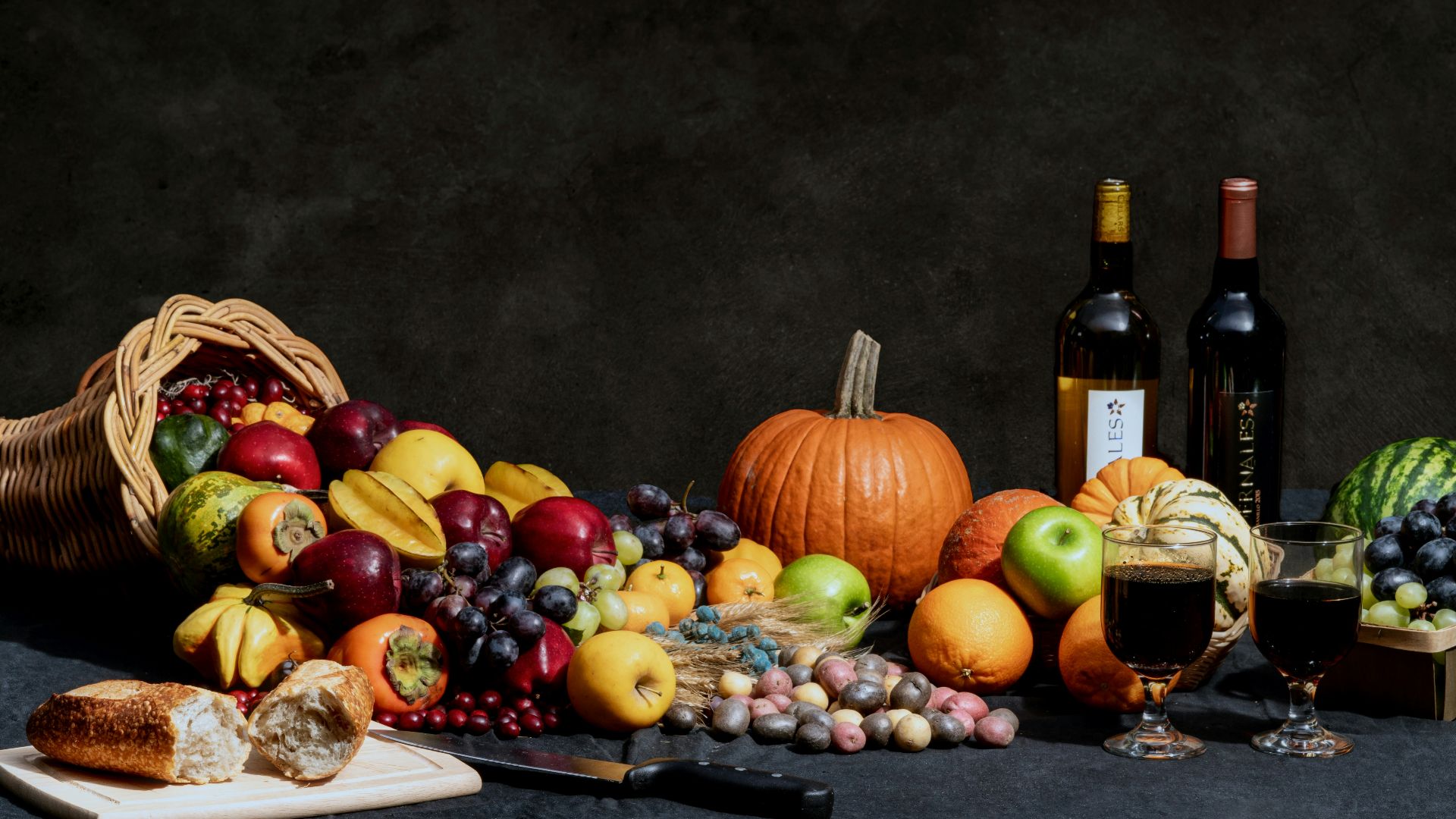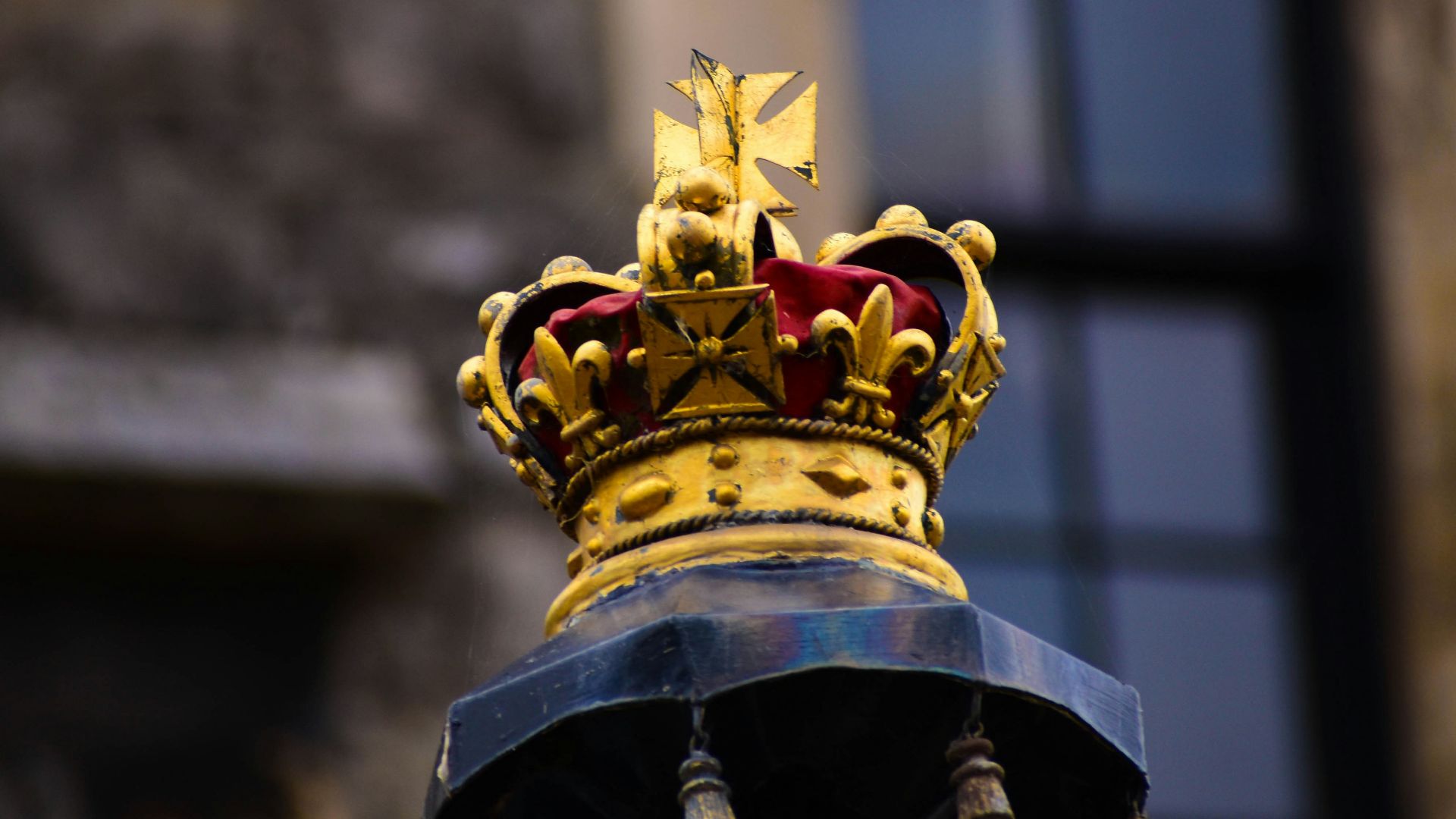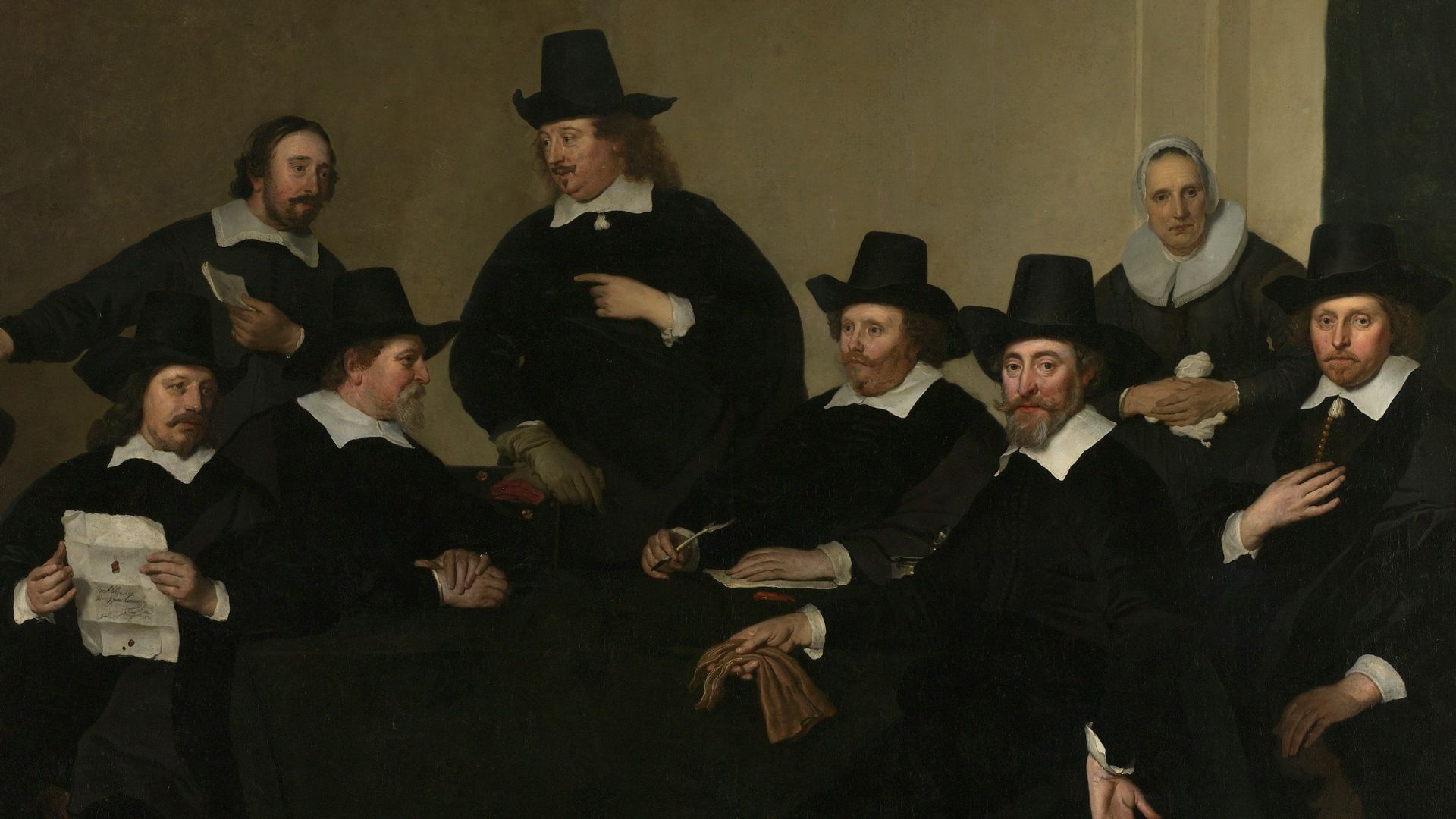The Truth About The First Thanksgiving
With Thanksgiving less than 24 hours away, there are two things on everyone's mind: Will the turkey be thawed? and How much do I really know about the Pilgrims? Well, maybe not so much the second one, but it's always helpful to be clear up false history from truth. Here are 10 misconceptions about the Pilgrims and 10 facts.
1. First Settlers In New England
In elementary schools, there's generally a pretty big gap between Columbus sailing the ocean blue and the Pilgrims landing on Plymouth Rock. So, we'd forgive you for believing that there was no notable contact in between. As we will see later, there were already English settlements in North America.
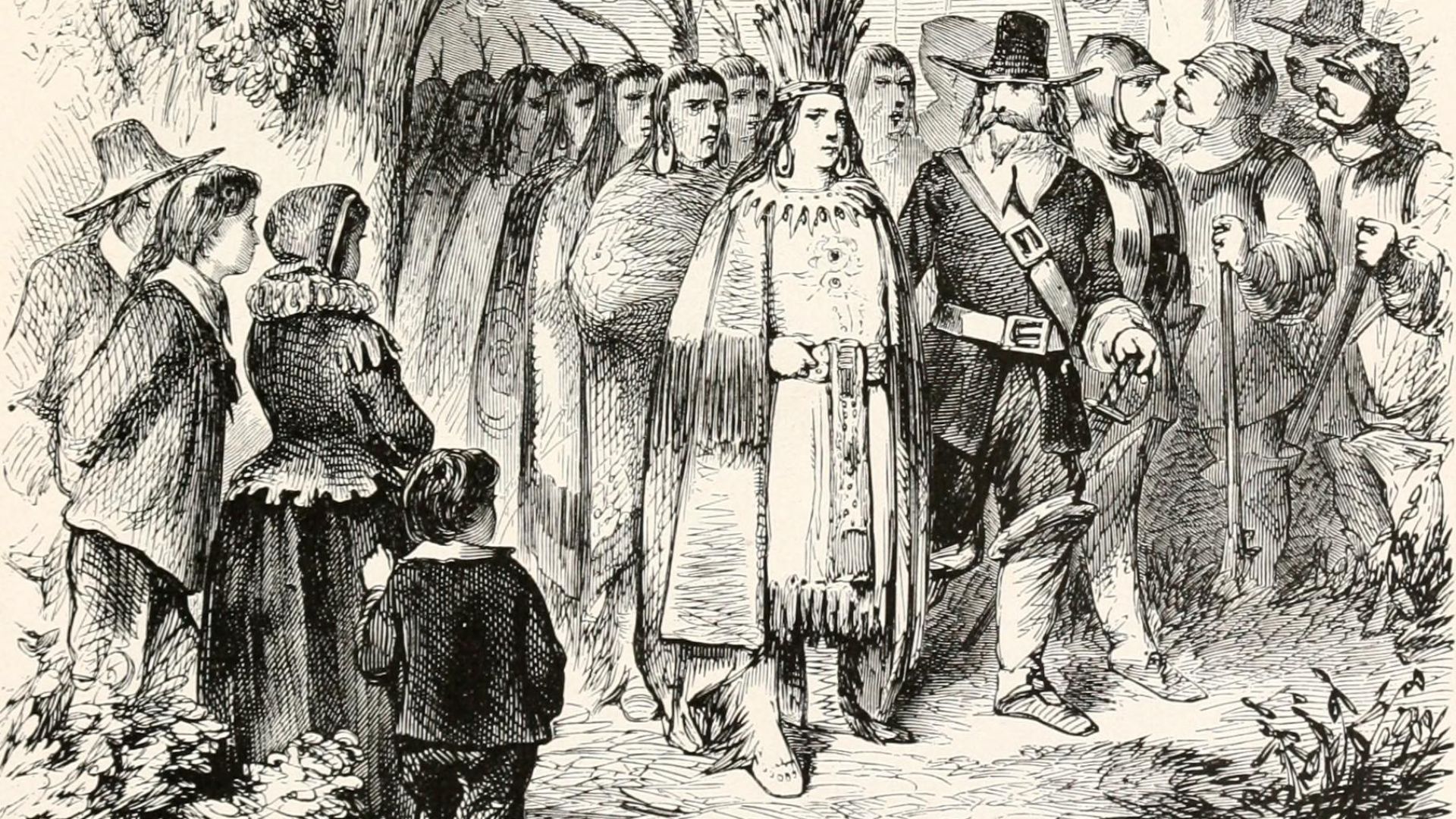 Internet Archive Book Images on Wikimedia
Internet Archive Book Images on Wikimedia
2. Religious Freedom
Like many myths, there's a grain of truth to this one. Many of the Pilgrims separated from the Anglican Church because they saw it as corrupt. However, they didn't go directly from England to America, and religious freedom wasn't the only reason.
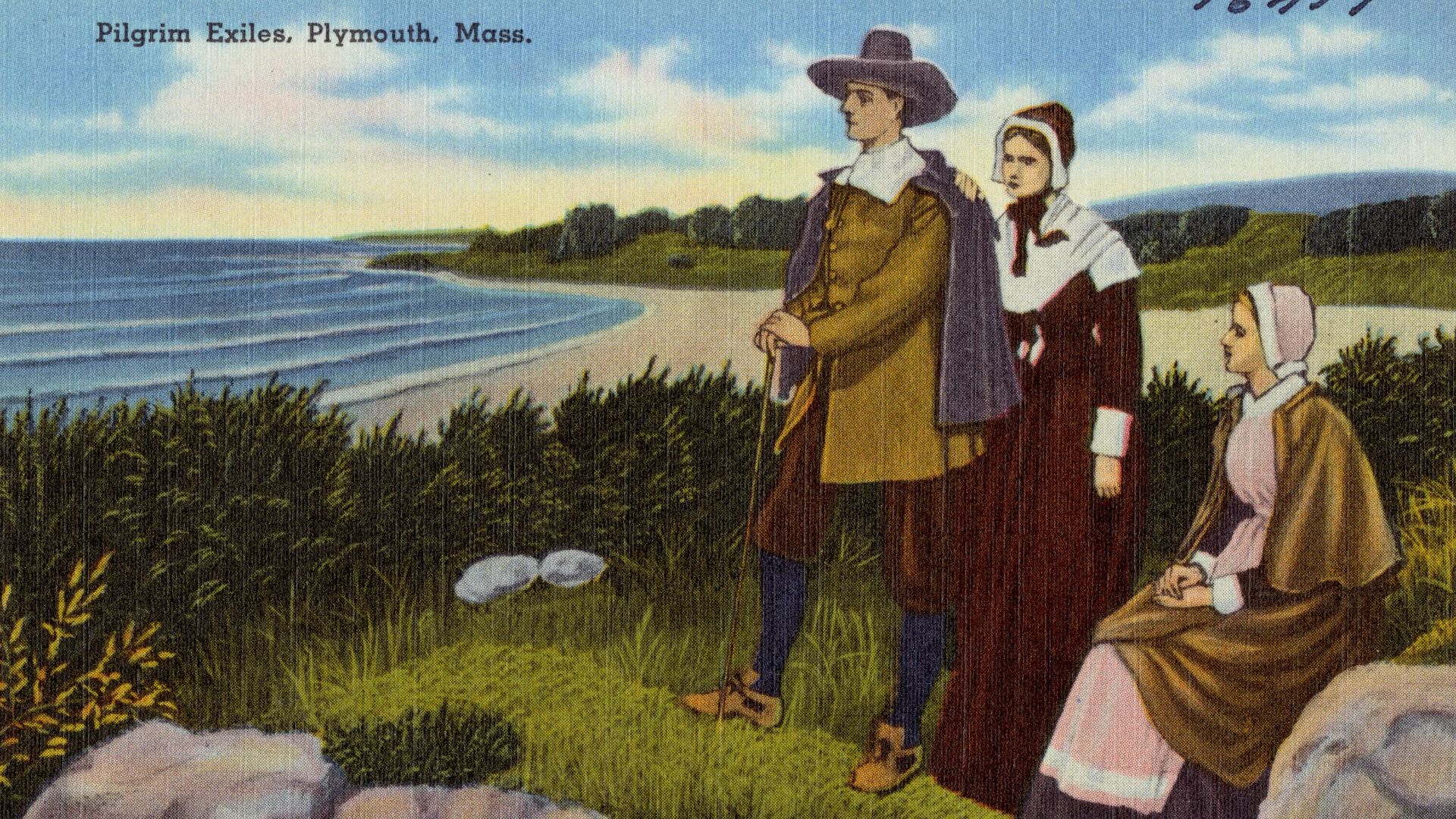 Pub. by Smith's Inc., Plymouth, Mass. Tichnor Bros. Inc., Boston, Mass. on Wikimedia
Pub. by Smith's Inc., Plymouth, Mass. Tichnor Bros. Inc., Boston, Mass. on Wikimedia
3. Blown Off Course
It's true that the Pilgrims faced many difficulties on their voyage including delays and changes in course. Plymouth wasn't their first choice of landing, nor was it the first landing they made. However, the Pilgrims never intended to land and assimilate in existing English settlements, such as Jamestown.
4. Plymouth Rock
We're sorry to burst your bubble, but Plymouth Rock is symbolic rather than literal. Well, there is a literal rock inscribed with the year of the Mayflower's landing that you can visit in Pilgrim Memorial State Park. But, it has no rock-solid connections to the Pilgrims themselves.
5. Personal Alliances
In the Thanksgiving Myth, the Wampanoag—who are rarely identified by name—are welcoming to the Pilgrims, teaching them how to survive the harsh New England winter out of the goodness of their own hearts. This reading flattens a lot of the nuance and agency the Wampanoag had in making alliances.
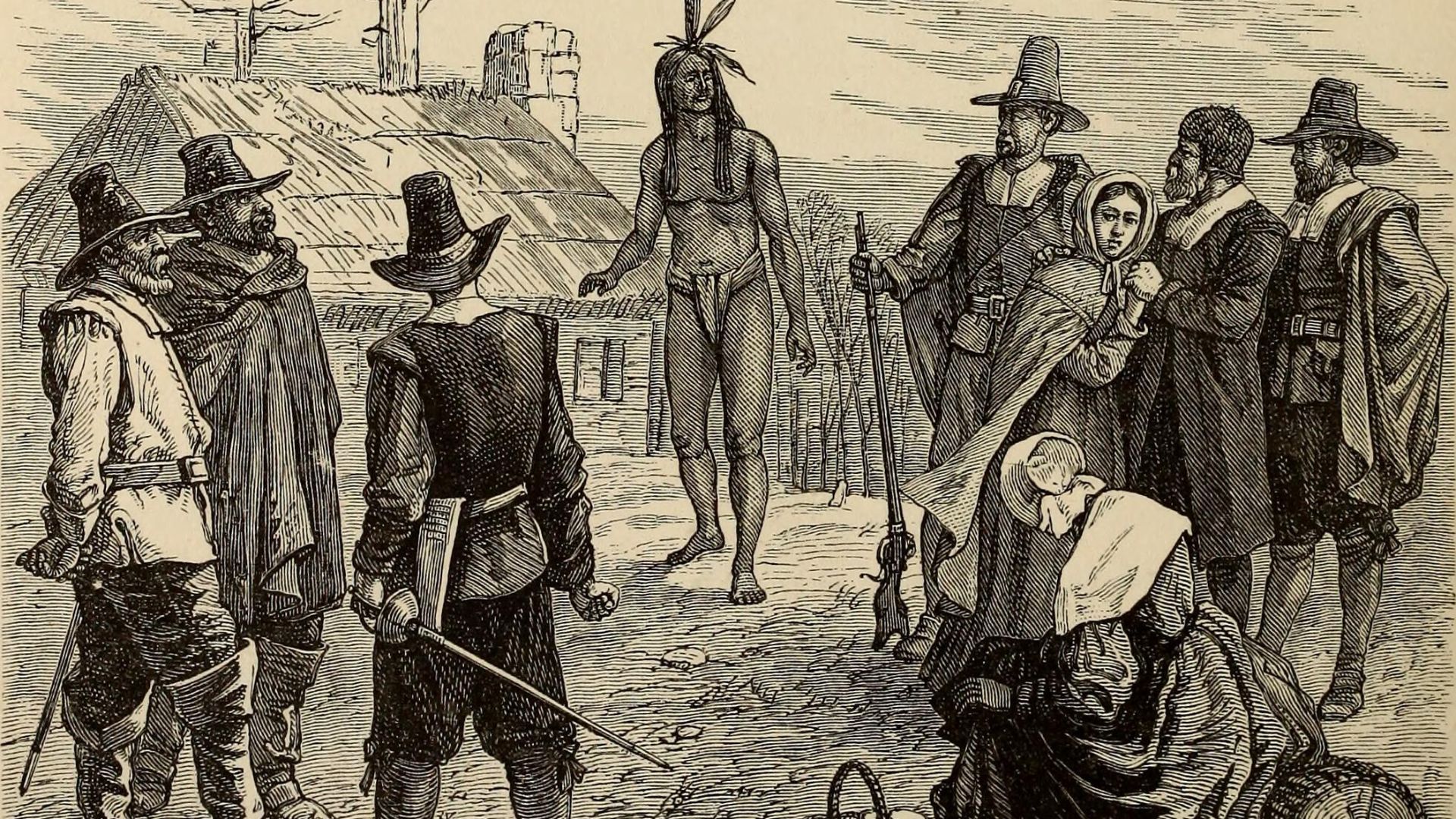 Internet Archive Book Images on Wikimedia
Internet Archive Book Images on Wikimedia
6. One Big Celebration
In depictions of the First Thanksgiving, you're bound to see Pilgrims in their buckled shoes celebrated alongside Wampanoag in their buckskins like one happy blended family. Unfortunately, the reality was far less rosy than paintings and school pageants would have you believe.
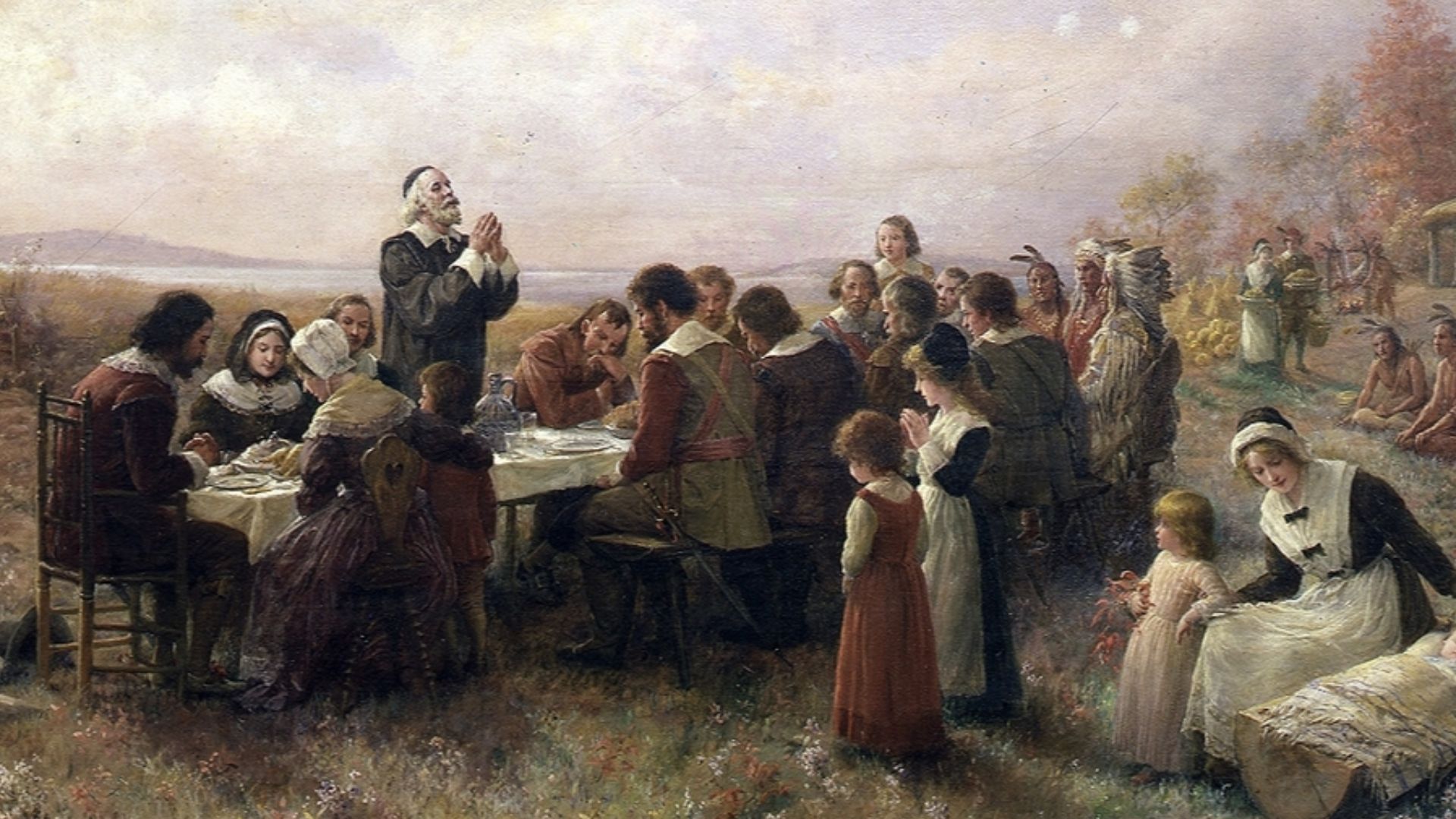 Jennie Augusta Brownscombe on Wikimedia
Jennie Augusta Brownscombe on Wikimedia
7. First Thanksgiving
Don't worry, the holiday you celebrate today isn't entirely based on a lie! The Pilgrims who survived the brutal winter of 1620-1 did indeed have a three-day festival celebrating their plentiful harvest, held sometime in early October. That said, it wasn't the first Thanksgiving in either the traditional or modern sense of the word.
 Jean Leon Gerome Ferris on Wikimedia
Jean Leon Gerome Ferris on Wikimedia
8. Thanksgiving Turkey
Sorry to burst your bubble, but there was no Thanksgiving turkey. Turkey were rare in New England at the time and the Pilgrims would have had difficulty hunting them given their inadequate weapons. A lack of butter and wheat flour meant no pumpkin pie either.
9. Mayflower Compact Inspired Constitution
In keeping with the idea of America being born out of a desire for freedom, it's easy to read the Pilgrims as early radicals. The Mayflower Compact may have been signed by many of the ship's adult men, but it wasn't an early example of democracy as we know it. The Pilgrims broke from the Church of England, not the country itself.
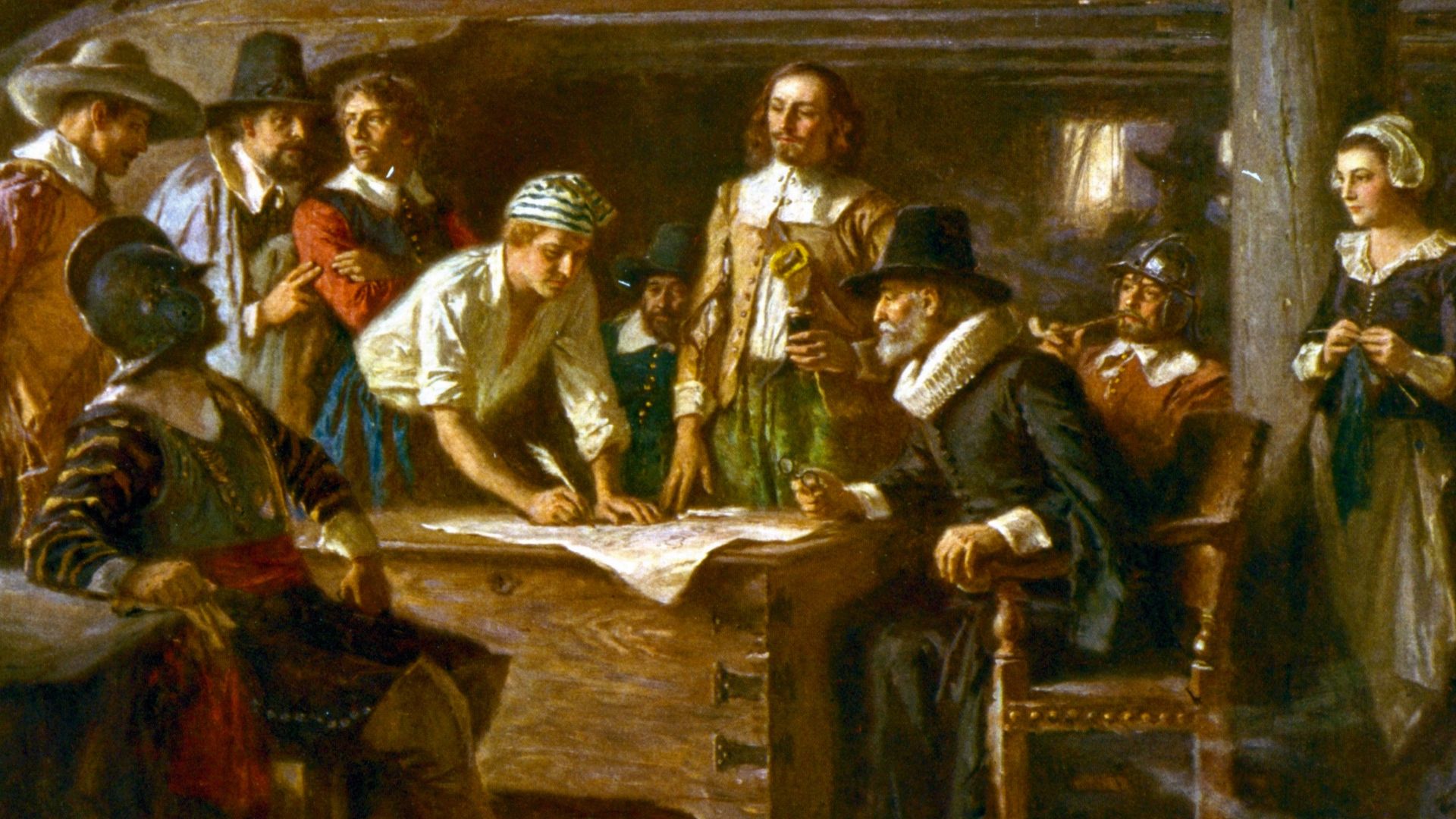 Jean Leon Gerome Ferris on Wikimedia
Jean Leon Gerome Ferris on Wikimedia
10. Pilgrims = Puritans
It's easy to mix up Pilgrims and Puritans, especially when they're both depicted as wearing somber black and white outfits with big hats and buckled shoes. Both were religious reformers, both sailed to the New World, and both were integral to early colonial history. However, there are a few important differences that we will get into.
 Saturday Evening Post on Wikimedia
Saturday Evening Post on Wikimedia
Now that we've covered some misconceptions about the Pilgrims, let's get into the facts!
1. Previous Contact
As we established, the Pilgrims were not the first English settlers to land on the shores of what would become New England. The first colonization charter was established in 1584, and the first permanent colony in 1607. Tsiquantum (Squanto) and Samoset already spoke English when they encountered the Pilgrims.
 Unknown authorUnknown author on Wikimedia
Unknown authorUnknown author on Wikimedia
2. Political Turmoil
Massachusetts wasn't the first stop the Pilgrims made in their quest for religious freedom. They originally settled in the Netherlands. However, difficulty making a living, combined with political tensions that would erupt into the Anglo-Dutch wars, forced them to look elsewhere.
 Robert Walter Weir on Wikimedia
Robert Walter Weir on Wikimedia
3. North Of Virginia
The Pilgrims were blown off course, originally intending to land around the Hudson River. Nasty weather pushed them north to Cape Cod. Since their charter granted them land "North of Virginia" they decided to stay where they were.
4. No Plymouth Rock
The earliest mention of any sort of Plymouth Rock is from 1715, nearly a century after the Pilgrims landed. Even more, the first claim that the Pilgrims landed on a specific rock wasn't until 1741. References to "a great rock" likely meant rocky shores rather than a particular boulder,
5. Political Alliances
The Wampanoag didn't reach out to the Pilgrims just because they were friendly. 70% of their populatiojn had been wiped out by disease, and the remaining 30% were threatened by the neighboring Narragansett. An alliance between the Wampanoag and Pilgrims was meant to ensure the survival of both groups.
 Unknown authorUnknown author on Wikimedia
Unknown authorUnknown author on Wikimedia
6. Settlers Only
The First Thanksgiving was an invitation-only and the Wampanoag were not invited. They showed up after hearing the Pilgrims' celebratory gunshots, fearing that they were under attack. Also, they outnumbered the Pilgrims by 90-51 (that first winter was really tough).
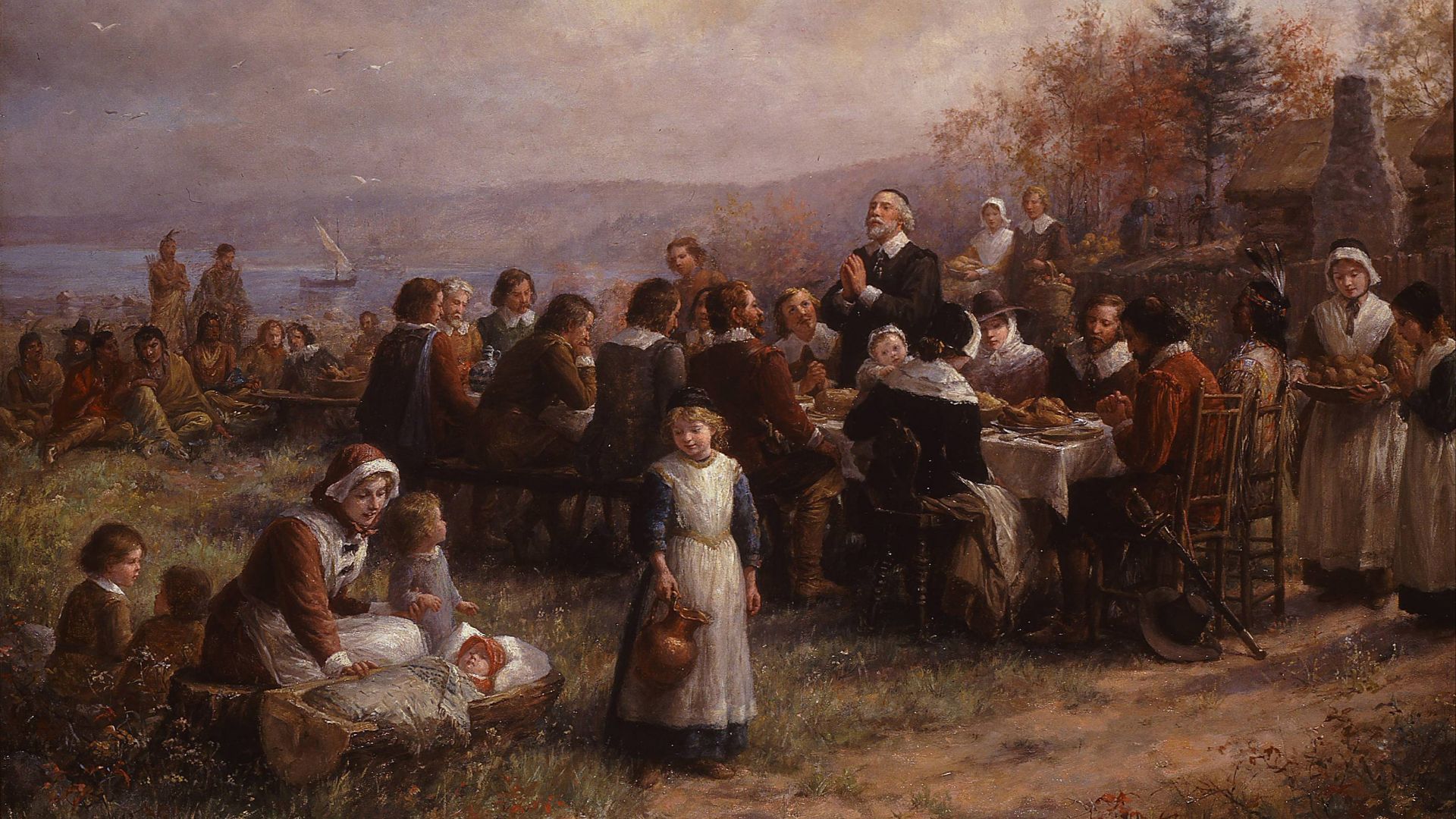 Jennie Augusta Brownscombe on Wikimedia
Jennie Augusta Brownscombe on Wikimedia
7. Earlier Thanksgivings
Thanksgiving feasts are nothing new, with both Indigenous peoples and the English celebrating them differently across the centuries. For the Pilgrims, a Thanksgiving would have been a day of fasting and worship. Previous celebrations would have been held in colonial Florida, nearly a century earlier.
8. Thanksgiving Deer
While there was no turkey at the First Thanksgiving, there was definitely fowl, most likely goose. Fish, specifically cod and bass, was also served. After the Wampanoag were tenuously invited, they shot five deer, which were likely made into a stew.
 Benjamin Raffetseder on Unsplash
Benjamin Raffetseder on Unsplash
9. English Subjects
As we said, the Pilgrims were not early freedom fighters. They may have question England's religious choices, but they never saw themselves as anything other than English subjects. The Mayflower Compact calls the Pilgrims "Loyal Subjects of our dread Sovereign Lord King James."
10. Pilgrims ≠ Puritans
Pilgrims were not Puritans of the Oliver-Cromwell-banning-Christmas-Salem-Witch-Trials variety. Crucially, Puritans believed they could reform the Anglican Church from within, while Pilgrims separated from it entirely. Neither group wore buckled shoes.
KEEP ON READING

The 20 Most Recognized Historical Figures Of All Time
The Biggest Names In History. Although the Earth has been…
By Cathy Liu Oct 4, 2024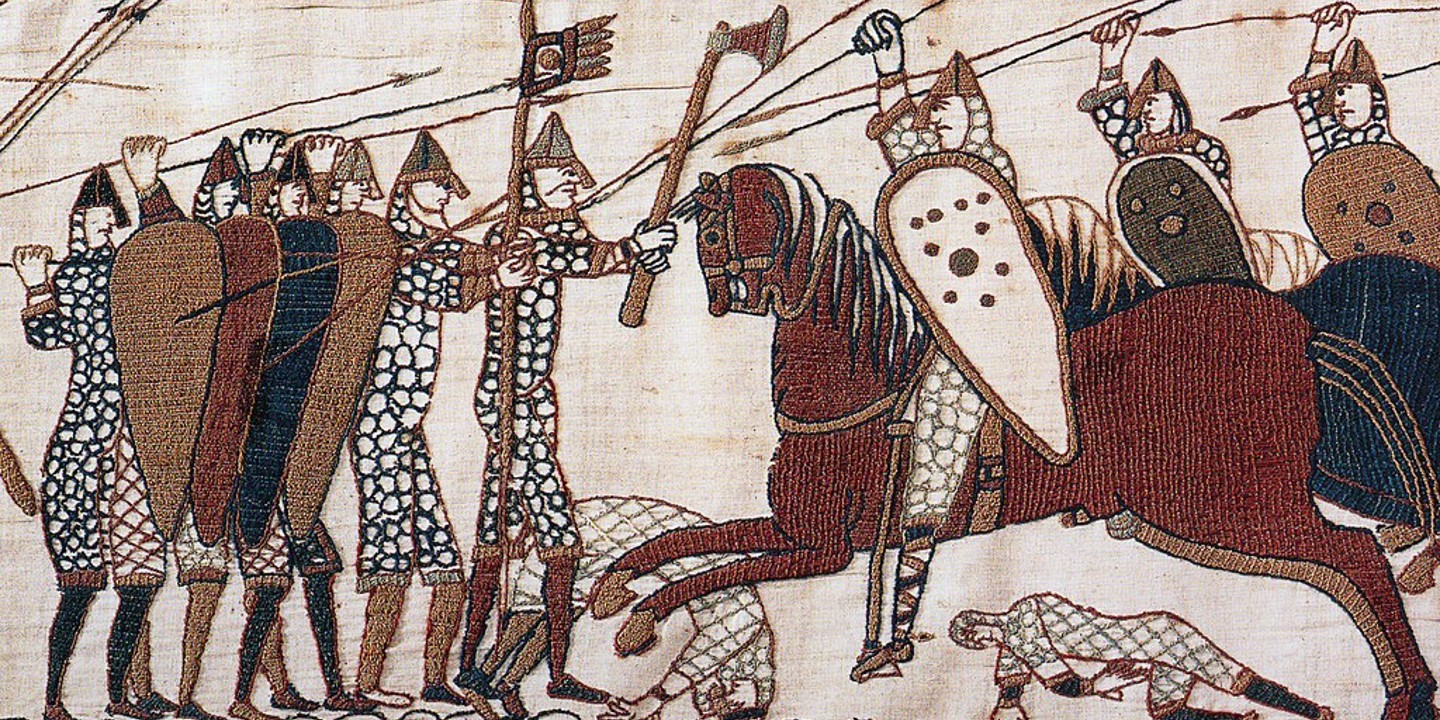
10 of the Shortest Wars in History & 10 of…
Wars: Longest and Shortest. Throughout history, wars have varied dramatically…
By Emilie Richardson-Dupuis Oct 7, 2024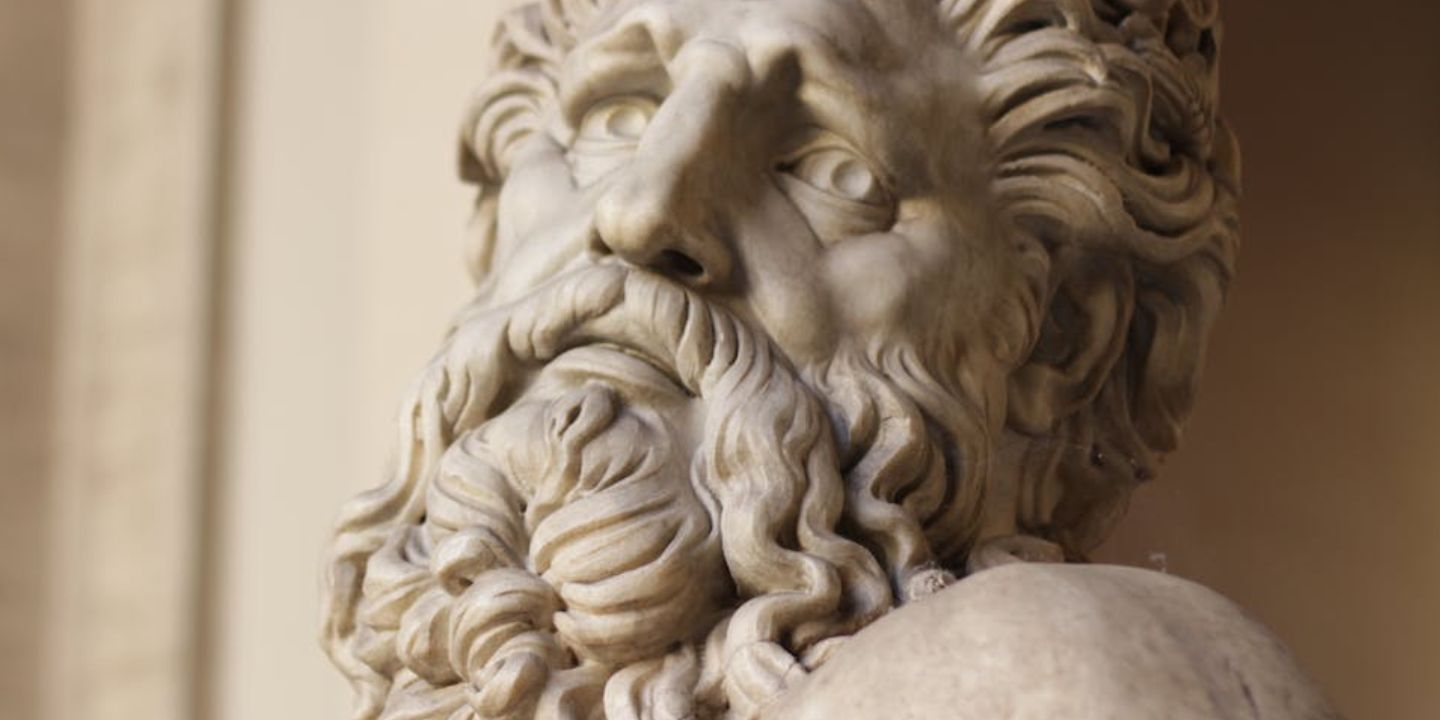
10 Fascinating Facts About Ancient Greece You Can Appreciate &…
Once Upon A Time Lived Some Ancient Weirdos.... Greece is…
By Megan Wickens Oct 7, 2024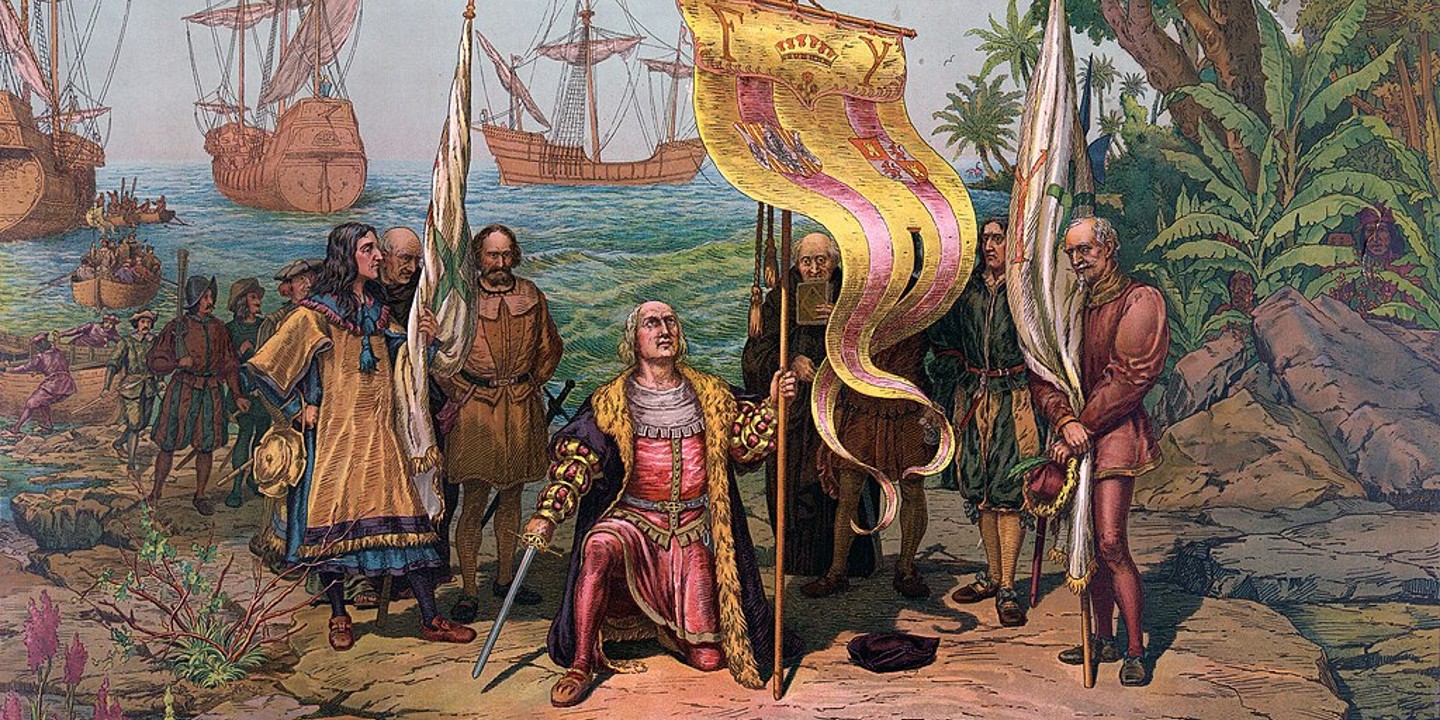
20 Lesser-Known Facts About Christopher Columbus You Don't Learn In…
In 1492, He Sailed The Ocean Blue. Christopher Columbus is…
By Emilie Richardson-Dupuis Oct 9, 2024
20 Historical Landmarks That Have The Craziest Conspiracy Theories
Unsolved Mysteries Of Ancient Places . When there's not enough evidence…
By Megan Wickens Oct 9, 2024
The 20 Craziest Inventions & Discoveries Made During Ancient Times
Crazy Ancient Inventions . While we're busy making big advancements in…
By Cathy Liu Oct 9, 2024

